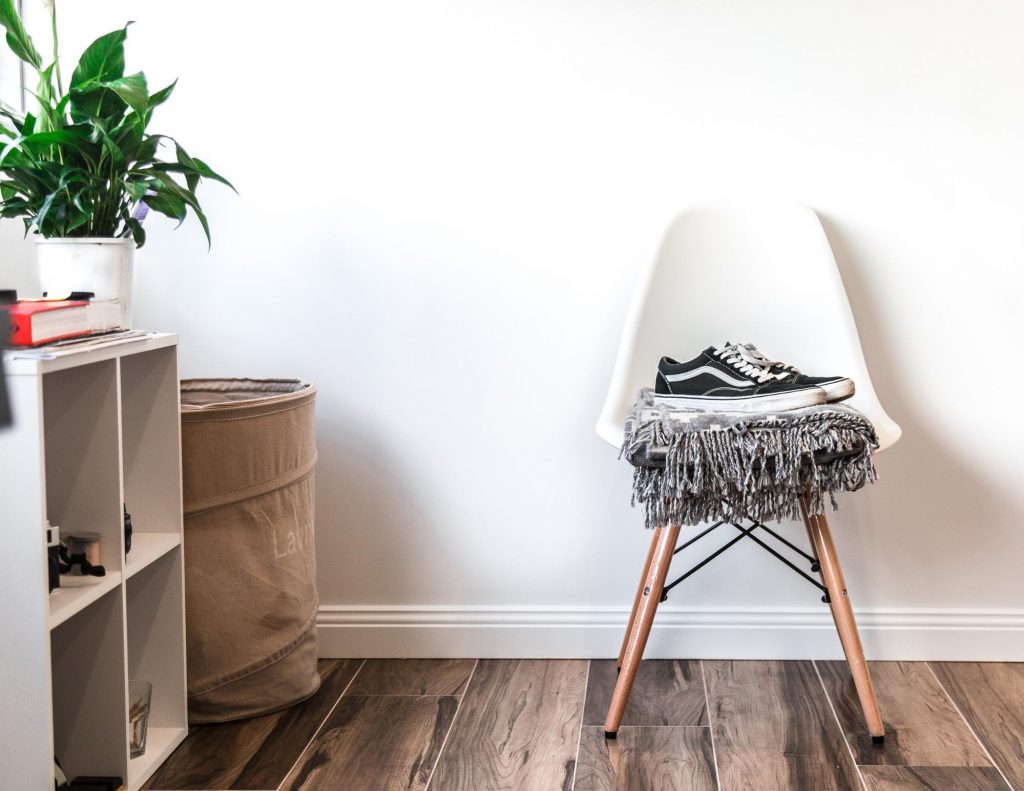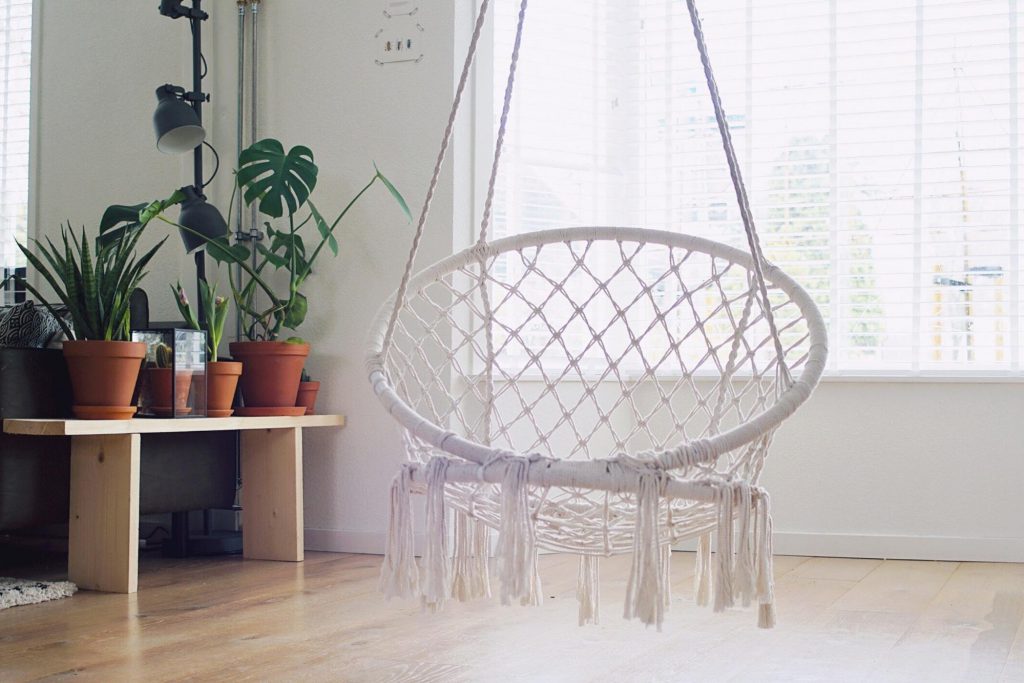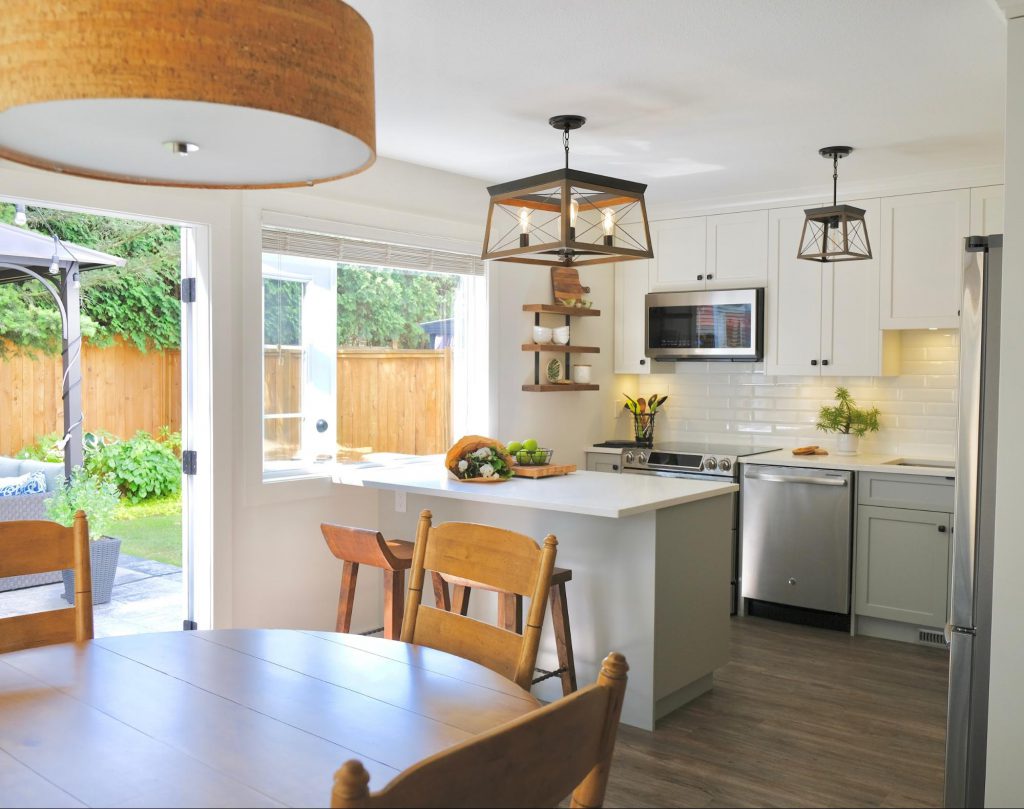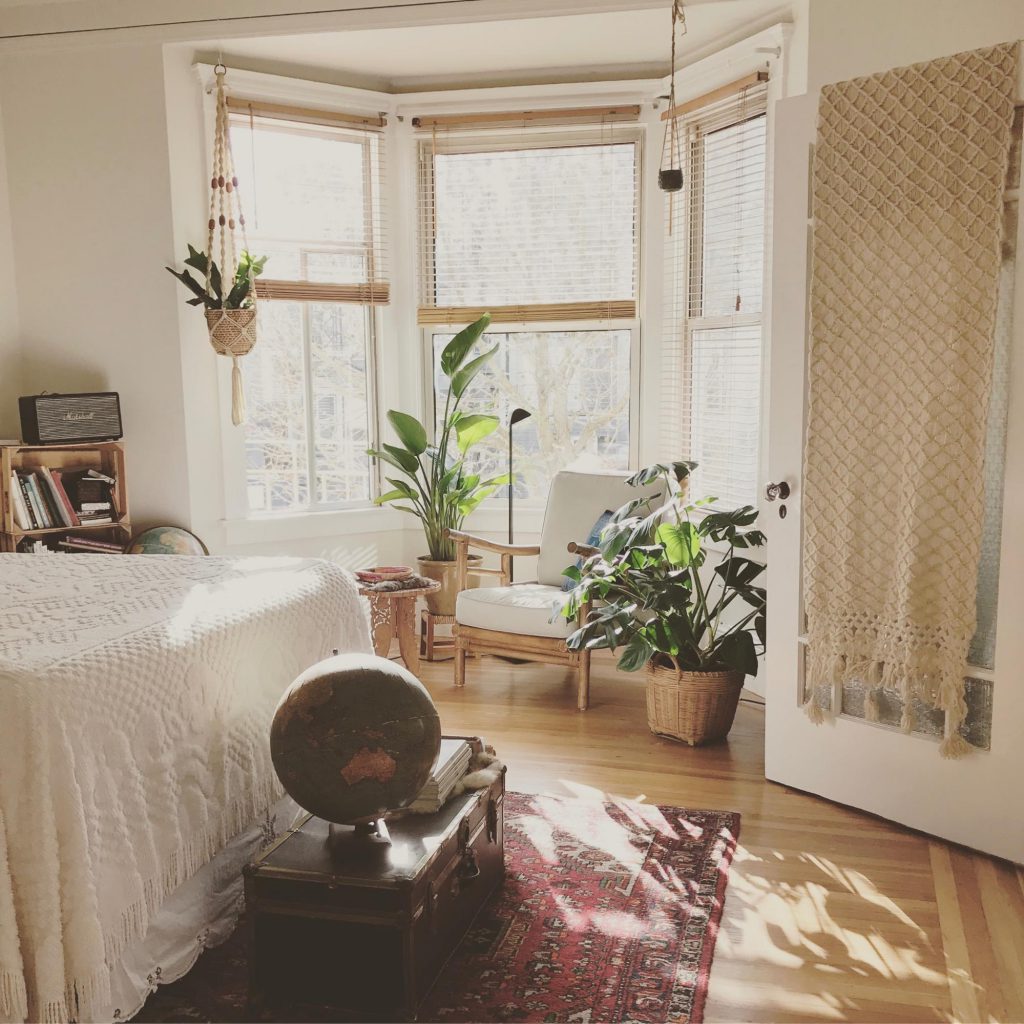
Why is ‘designing wellness’ important?
Research published by the Environmental Protection Agency suggests that Americans spend about 90 percent of their time indoors. These results indicate that indoor living quality plays an important role in the overall health of an individual. Here are a few factors that influence your indoor living conditions.- Air quality: Construction materials, personal hygiene products, cleaning products, temperature, humidity levels, and tobacco products are just a few things that contribute to poor air quality. The introduction of natural methods like indoor plants can help to purify the atmosphere.
- Lighting: An inadequate supply of natural lighting in the house can create a dull and lethargic atmosphere, affecting the energy levels of an individual. To shape a healthier living environment, incorporate design ideas that imbibe natural lighting.

- Fitness: If the furniture and decor you select for your home are not designed for health or comfort, you are bound to experience a wide range of physical problems. This is why it’s important to choose ergonomic furniture and organic decor pieces that contribute to a healthy environment.
- Comfort: An indoor setup should have minimum distractions in order to promote your physical and mental wellbeing. Surround yourself with items that soothe your mind and refresh your body.
- Nourishment: Humans have an innate connection with nature. Indoor plants and natural elements help create a serene environment within your home that is both nurturing and inspiring.

Designing a healthier home (that makes room for wellness)
Architects and decorators all over the world are collaborating to create unconventional spaces that prioritise people’s wellbeing. These new design ethics demonstrate that living spaces can greatly influence your physical health as well as your emotional state of mind. Thus, it’s important to design spaces that stimulate our senses in a good way. So, how can you give your home a wellness makeover?- Healthy objects: While looking for furniture and other decor elements, one often overlooks health factors when planning an aesthetic. However, you can explore a wide range of organic materials that are stylish, and also offer health benefits. When selecting rugs, curtains, blankets and other textiles for your home, look at raw fibers (like jute) and natural textiles (like cotton, wool, linen). We strongly believe furniture can make or break a home. So, while concentrating on the design, also look for good-quality and durable materials. Furniture made from natural woods (like oak, walnut, maple) can be both eco-friendly and organic, which is the foundation for a healthy design. If you’re looking for an affordable and convenient way to set up a space without spending extra dollars, renting furniture is definitely a more practical option. With CasaOne, you can rent home furniture that is sourced from top brands at a fraction of the cost. Enjoy the convenience of white-glove service, beautiful products, and professional design guidance, all within easy reach.

- Natural materials: There’s no better way to incorporate healthy living than adding more natural elements into your home. Biophilic spaces diversify utility with elemental beauty. By using natural light and plants (both indoor and outdoor), you can bring a huge difference to how your home looks and feels. Convert any of the open spaces into a sunroom by adding plants and comfortable furniture (upholstered in natural fabrics). Avoid heavy and dark curtains for the windows to let the natural light shine in during the day. Try utilizing a plant-flower duo to give your home a fresh outlook. Mixing up varieties like English ivy, snake plant, spider plant with chrysanthemum and Barberton daisies will help purify the air while adding a contrasting pop of color.

- Elemental accents: Natural elements within the artificial environment of your home, to create a space that is both meaningful and beautiful. Utility and decor items that are made from natural elements (like stone, concrete, minerals, ceramics) can help to introduce a soothing touch of nature into your home. By arranging simple stone carvings, concrete vases, and ceramic pots at different parts of the house you can bring in a grounded balance.

- Tactile and visual details: Colors and texture are the most significant factors to consider while decorating your home. Colors can make a small room feel larger, or a spacious one more intimate, without having to spend additional time or money. They can be selected from three distinct sets - active colors (yellows, oranges, reds, and pinks), passive colors (purples, blues, and greens) and neutrals (greys, browns, black & white). Active colors generate an energetic feeling, while passive colors create a soothing environment. Neutrals are usually used to give a bright and spacious feel to the room. Textures are derived from touch. Rooms with texture keep you hooked. Whether it’s an object or space, textures draw attention to itself. Rough textures are likely to make spaces feel intimate, while smooth textures feel sleeker. When selecting furniture, rugs or accent pieces, choose elements that relate to one another. Wooden stained benches, velvet reading chairs, marble tabletops can all bring a personal feel to your home.
 Homes are made of many layers. It is a reflection of your individuality and the little elements that come together to make it a home. By integrating wellness and health into your home design, you can create a home that promotes fitness, happiness, and longevity. A home you will fall in love with while keeping you safe and encouraging a healthy lifestyle.
At CasaOne, we believe in creating homes that deliver an absolute balance of joy and well-being. With our high-quality home furniture for rent, start building your ‘healthy and happy’ home within a matter of time, at a fraction of the cost.
Homes are made of many layers. It is a reflection of your individuality and the little elements that come together to make it a home. By integrating wellness and health into your home design, you can create a home that promotes fitness, happiness, and longevity. A home you will fall in love with while keeping you safe and encouraging a healthy lifestyle.
At CasaOne, we believe in creating homes that deliver an absolute balance of joy and well-being. With our high-quality home furniture for rent, start building your ‘healthy and happy’ home within a matter of time, at a fraction of the cost.

